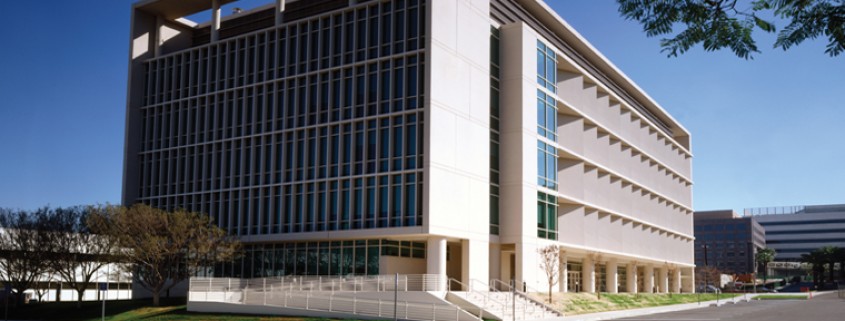Brain damage from strokes is repairable, say researchers
It might be possible to reverse permanent brain damage induced by stroke, a USC-led study published on Monday has found.
Funded by the National Institute of Neurological Disorders and Stroke, the study was carried out by the Zilkha Neurogenetic Institute at the Keck School of Medicine. It was released in Nature Medicine, a medical journal specializing in “basic findings that have clear implications for disease pathogenesis and therapy to the earliest phases of human investigation,” according to the journal’s website.
“This USC-led animal study could pave the way for a potential breakthrough in how we treat people who have experienced a stroke,” said Jim Koenig, a program director at the NINDS. “If the therapy works in humans, it could markedly accelerate the recovery of these patients.”
An estimated 800,000 people have a stroke every year, according to the Center for Disease Control. Seventy percent of those affected experience some degree of neurological damage such as paralysis or deterioration of muscular tissue. The study identified a protein that stimulates damaged neural stem cells to become functional again.
Senior author of the study, Berislav Zlokovic, along with the rest of the research team, identified the protein as “3K3A-APC, a variant of the human protein ‘activated protein C,’” according to a USC News press release.
Zlokovic is the founder of ZZ Biotech, a company founded in 2006 to develop innovative treatments for neurological diseases.
“We showed that 3K3A-APC helps the grafted stem cells convert into neurons and make structural and functional connections with the host’s nervous system,” Zlokovic said in an interview with USC News. “No one in the stroke field has ever shown this, so I believe this is going to be the gold standard for future studies.”
Zlokovic and his fellow researchers aim to start with the second phase of experimentation. They will be testing whether their findings, which were studied using mice, will be successful in human trials. Should they succeed, they plan to expand the uses of the treatment beyond strokes to other neurological diseases.

